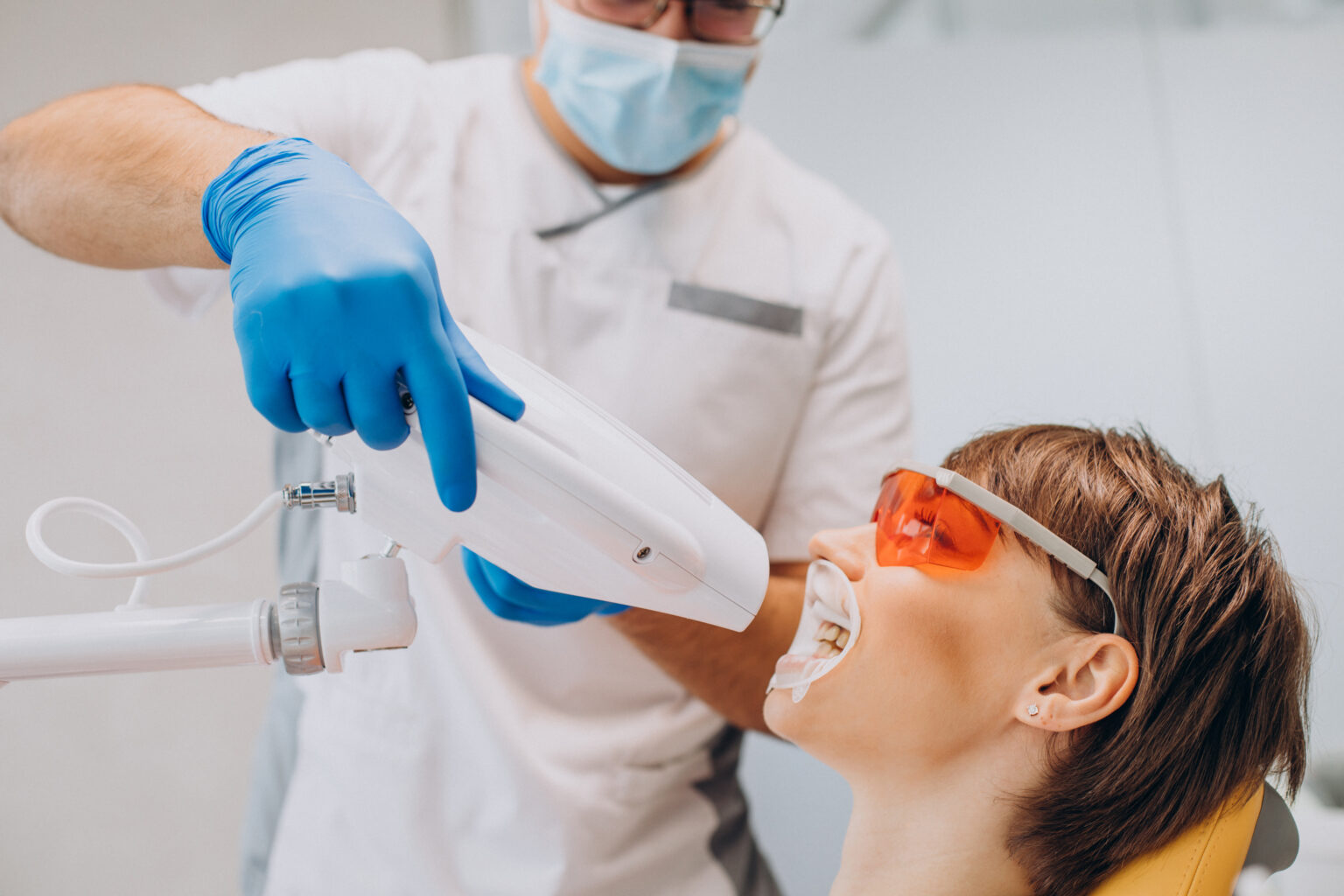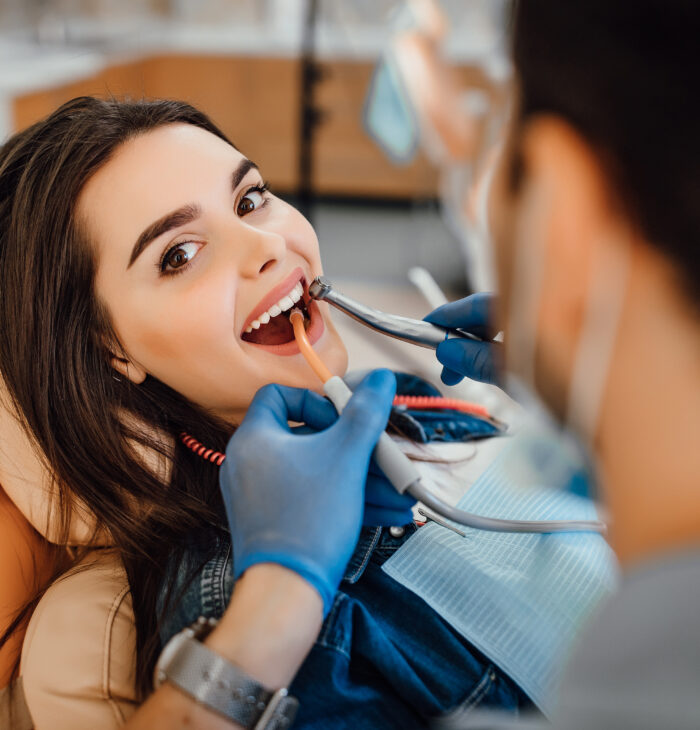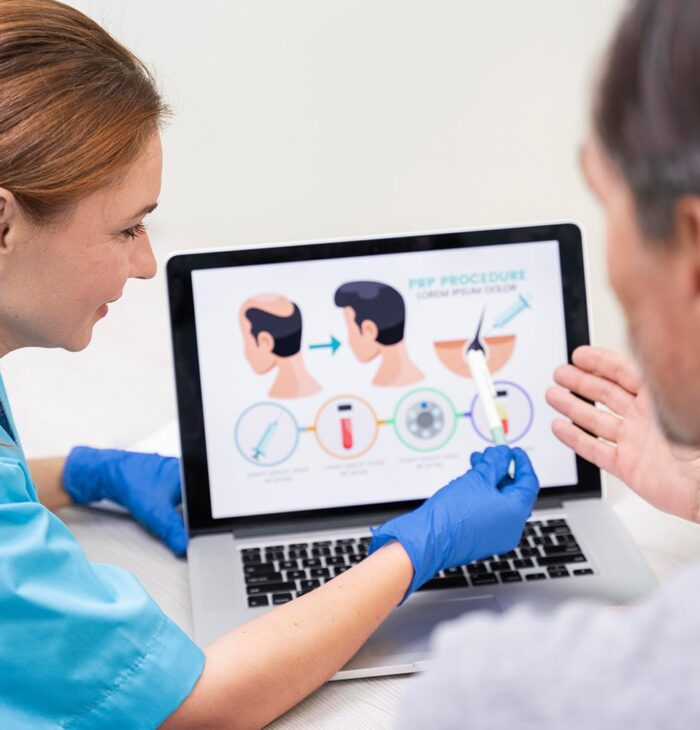Revolutionizing Dentistry: The Power of Dental Lasers
In the constantly evolving field of dentistry, dental lasers have emerged as a cutting-edge technology that is transforming the way dental procedures are performed. This innovative tool allows dentists to conduct a variety of dental treatments more efficiently, comfortably, and effectively than ever before. In this blog, we’ll explore what dental lasers are, their benefits, and the types of treatments they can enhance.
What is a Dental Laser?
A dental laser is a device that emits a concentrated beam of light energy, which can be used to alter or remove tissue in small amounts. Laser dentistry can be used to perform a wide range of dental procedures involving both hard (teeth) and soft (gum) tissues. Unlike traditional dental tools, lasers can target specific areas precisely and accurately without affecting surrounding tissues.
The Versatility of Dental Lasers
Hard Tissue Procedures
For hard tissues, dental lasers can efficiently cut through tooth structure. Common applications include:
- Cavity Detection and Treatment: Lasers can detect cavities early by finding evidence of tooth decay. They are also used to prepare the surrounding enamel for composite bonding.
- Tooth Sensitivity: Lasers can help to seal tubules on the roots of teeth that are responsible for hot and cold tooth sensitivity.
Soft Tissue Procedures
For soft tissues, dental lasers offer exceptional precision. Uses include:
- Gum Reshaping: For patients with a “gummy smile,” lasers can reshape the gum tissue to expose more of the tooth’s crown, enhancing the smile’s appearance.
- Frenectomy: Useful in treating tongue-tie or correcting speech impediments, the laser can easily cut through the frenulum.
- Soft Tissue Folds: Lasers can remove soft tissue folds from ill-fitting dentures without pain or stitches.
Benefits of Dental Lasers
Reduced Discomfort
Many patients find laser procedures more comfortable than traditional methods, which often involve drills and non-laser cutting tools. Lasers can reduce symptoms and healing times associated with traditional therapies.
Minimized Bleeding and Swelling
During soft tissue treatments, dental lasers promote blood clotting and thus minimize bleeding and swelling, making the healing process smoother and faster.
Preservation of Teeth
When used for cavity removal, lasers are precise enough to preserve more of the healthy tooth than traditional drills, which is beneficial for maintaining the strength of the natural tooth.
Reduced Anxiety and Stress
For patients who get anxious with the noise of the dental drill, lasers offer a quiet and less intimidating alternative.
Sterilization
Lasers have a unique ability to sterilize the areas they come into contact with, reducing the risk of infection and promoting faster healing.
What to Expect during a Laser Dentistry Procedure
Laser dentistry procedures are generally pain-free and may not require anesthesia, which is often a necessity in traditional dentistry. During a laser procedure, patients might feel a warm sensation at the site of the work, but this is considerably more comfortable than the feeling of a drill. Safety glasses will be provided to protect the eyes from the laser light during the procedure.
Conclusion
The advent of laser technology in dental care is one of the most significant advancements in modern dentistry. Offering a less invasive, more precise, and comfortable alternative to traditional dental procedures, dental lasers are changing patient perceptions of dental visits, encouraging more people to seek regular care. Whether for cosmetic adjustments or necessary dental treatments, laser dentistry holds the promise of a smoother, quicker, and less painful dental care experience. Embracing this technology can lead to better oral health outcomes and a more appealing approach to dental care for patients and practitioners alike.





